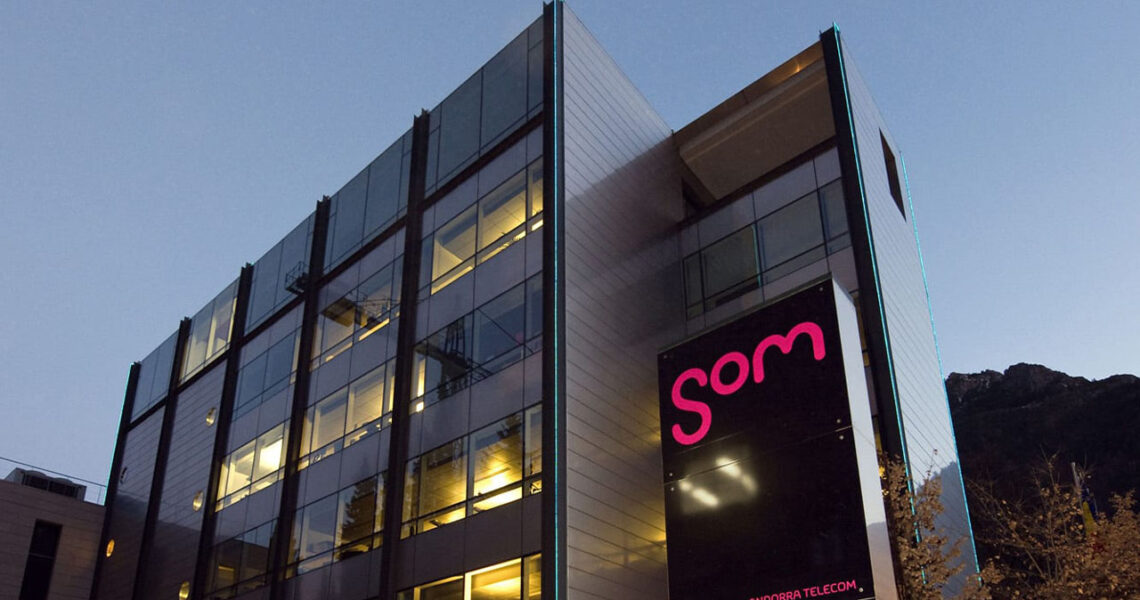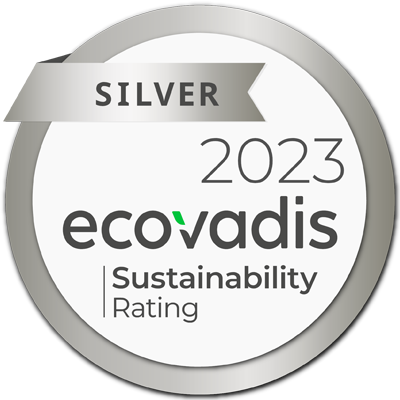Project Name: Deployment of high-speed broadband to Andorra’s 75,000 population
Location: Principality of Andorra
Company/client: Andorra Telecom
Tratos and Andorra Telecom cooperation
Andorra Telecom exclusively provides the universal public telecommunications service in the Principality of Andorra. Throughout its existence, Andorra Telecom has been adapting the offer of services to the changes experienced by society and to the new needs in terms of connectivity. The main service lines are fixed and mobile telephony, Internet and data connection, as well as television via fibre optics.
In 2016, Andorra became one of the first countries to stop using copper technology and transfer all fixed telephony and internet access to fibre optics, thanks to the Tratos’ optical fibre cable solution. Through Tratos’ optical fibre cables Andorra was able to build a network that delivers more than just speed. It is capable of providing a future proof, consistent and dependable broadband service, that supports Andorra’s technology needs for decades to come.
Tratos’ FTTH (Fibre to the home) optical cables are specially designed for use inside buildings to connect individual properties. The FTTH cables can run vertically from the bottom to the top of a building, and one or more of the cables in the bundle can be branched off at any point and connected to the end user. A reduced amount of connectivity points (splices, connectors) reduces the installation time, minimising disruption for residents.
By using Tratos’ optical fibre riser cable solution, Andorra Telecom, a full-service network operator, saw the financial benefit of delivering an improved service to customers through the adoption of Tratos’ FTTH.
Tratos is pleased to witness that its client Andorra’s Telecom, has realised the benefits of the use of FTTH technology, which brings users great advantages, particularly for professionals and companies, and implies an overall cost saving for the network management. The company took advantage of the changeover to reduce the visual impact of overhead lines using underground network cables along many sections.
Recognising that it would enable the company to move from being a traditional telecoms operator to a much more service focused business, Andorra Telecom initiated a pilot programme to test the process and technology. Consumer response to FTTH was very strong making the ambition realistic. It has also become strategically advantageous for companies to relocate to Andorra.
Andorra Telecom demonstrated what can be achieved in a short time with a strong vision and right level of commitment.
The future is FTTH! Embrace it!
Did you know?
Principality of Andorra is a landlocked country, one of the smallest states in Europe, located in the Pyrenees, bordering with France and Spain. The total area is 468 sq km, which comprised from land only. The capital city is Andorra la Vella. Population is estimated at 77,000 inhabitants (July 2020 est.), with Andorran 48.8%, Spanish 25.1%, Portuguese 12%, French 4.4%, other 9.7%. Spoken languages are Catalan (official), French, Castilian, Portuguese. The Andorra’s religion is predominately Roman Catholic.
Few knows, that for 715 years, from 1278 to 1993, Andorrans lived under a unique principality, ruled by French and Spanish leaders. A modern constitution was introduced in 1993. According to it, the co-princes remained as titular heads of state, but the government transformed into a parliamentary democracy. The two princes are the President of France and Bishop of Seu d’Urgell, Spain.
Andorra has also become a wealthy international commercial centre because of its mature banking sector and low taxes. The Andorran government has tried to modernize its economy, by opening it to foreign investment, and engaged in other reforms, such as advancing tax initiatives aimed at supporting a broader infrastructure. Although not a member of the EU, Andorra enjoys a special relationship with the bloc that is governed by various customs and cooperation agreements and uses the euro as its national currency.
Andorra has a developed free market economy, with per capita income above the European average and above the level of its neighbours, Spain and France. The country has developed a sophisticated infrastructure including a one-of-a-kind micro-fibre-optic network for the entire country. Tourism, retail sales, and finance comprise more than three-quarters of GDP. Andorra uses the euro and is effectively subject to the monetary policy of the European Central Bank. Andorra’s comparative advantage as a tax haven eroded when the borders of neighbouring France and Spain opened and the government eased bank secrecy laws under pressure from the EU and OECD.
Andorra is a popular tourist destination visited by approximately 8 million people each year drawn by the winter sports, summer climate, and duty-free shopping. Tourism, retail sales, and finance comprise more than three-quarters of GDP.
According to the data available on macrotrends.net:
- Andorra’s economic growth for 2019 was $3.15 billion, a 2% decline from 2018.
- Andorra’s economic growth for 2018 was $3.22 billion, a 7.27% increase from 2017
- Andorra’s GDP per capita for 2019 was $40,886, a 2.17% decline from 2018.
- Andorra’s GDP per capita for 2018 was $41,793, a 7.26% increase from 2017.
Tratos is a dedicated supporter of UN Global Goal 9: Build resilient infrastructure, promote sustainable industrialization and foster innovation.
Also, Tratos is very pleased to support globally the Fibre to the home (FTTH) initiative, which is a powerful enabler of UN Global Goals : GOAL 3: Good Health and Well-being, GOAL 4: Quality Education, GOAL 5: Gender Equality, GOAL 8: Decent Work and Economic Growth, GOAL 9: Industry, Innovation and Infrastructure, GOAL 11: Sustainable Cities and Communities, GOAL 12: Responsible Consumption and Production.










